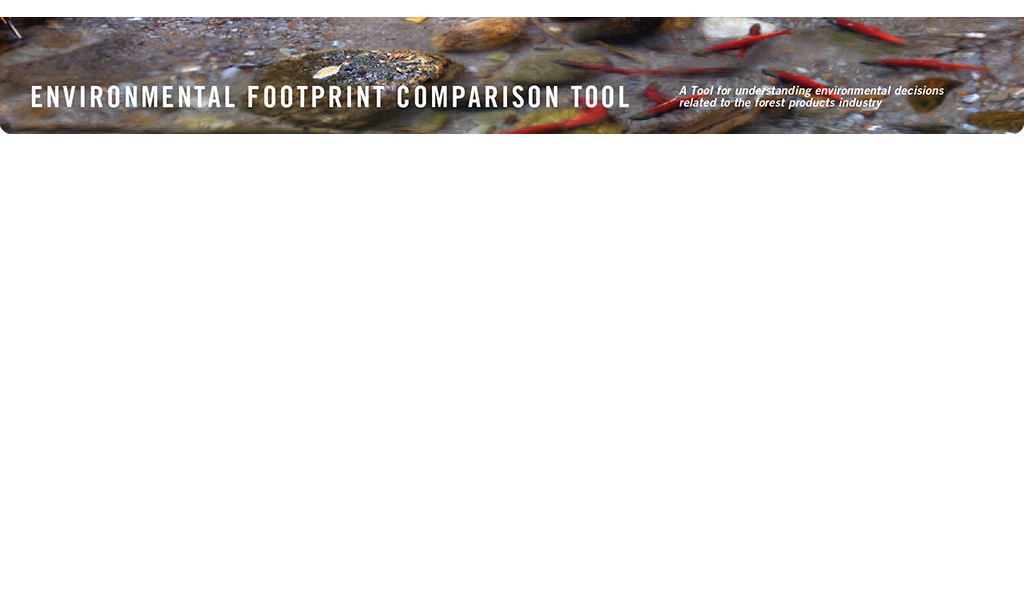
Water that is used and reused in pulp and paper manufacturing processes until it can no longer be reused is called wastewater. Wastewater is treated on-site or off-site in treatment systems. Once treated, the resulting effluents are, in most cases, discharged to surface waters.
Wastewater treatment is designed to remove oxygen-demanding substances (as measured by five-day biochemical oxygen demand, BOD5 or BOD) and solid particles (measured as total suspended solids, or TSS). Chemical oxygen demand (COD) is a measure of all oxygen-demanding substances, including those that are not amenable to biological treatment, and these, too, are reduced through wastewater treatment. Wastewater may also contain pollutants such as chlorinated organic compounds.
For more information, use the grid below. Hover over the bubbles to see possible effects of decreasing BOD, COD & TSS releases. Click on a column header to go to a page dedicated to that subject. How
should I use this information?

 Wastewater treatment plants have been used at pulp and paper mills since the 1960s, and fully implemented across North America by the 1990s.
Wastewater treatment plants have been used at pulp and paper mills since the 1960s, and fully implemented across North America by the 1990s.
 Conventional wastewater treatment systems are capable of removing more than 90% of BOD and virtually the entire settleable portion of TSS.
Conventional wastewater treatment systems are capable of removing more than 90% of BOD and virtually the entire settleable portion of TSS.
 In-plant source reductions in the amount generated of BOD, TSS and other treatable substances usually have a small incremental impact on final discharges, given how treatable they are in wastewater treatment.
In-plant source reductions in the amount generated of BOD, TSS and other treatable substances usually have a small incremental impact on final discharges, given how treatable they are in wastewater treatment.


